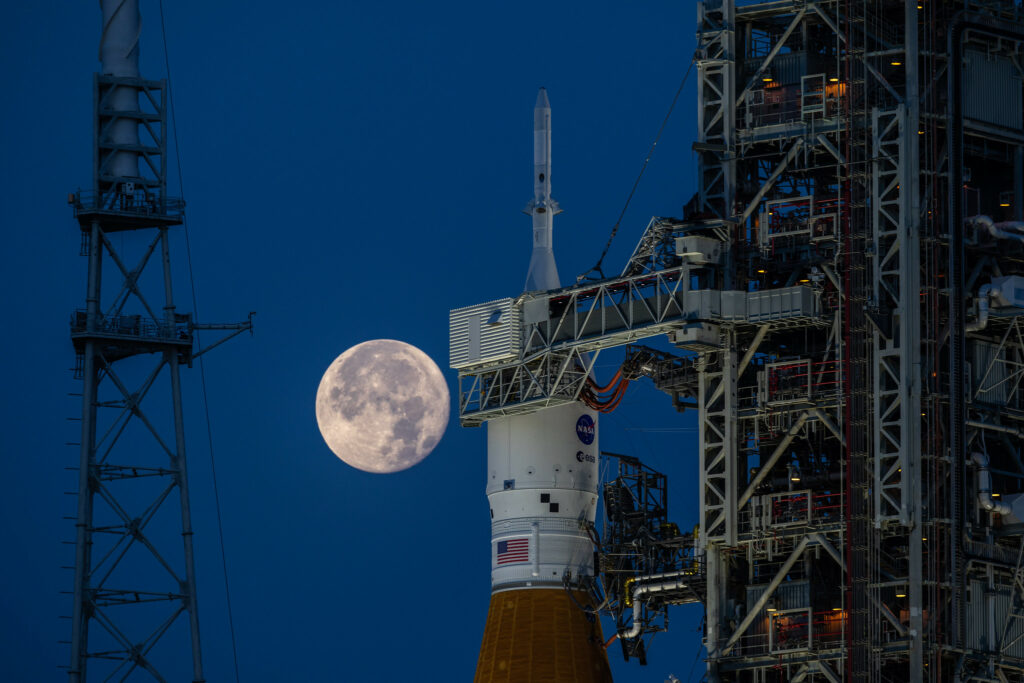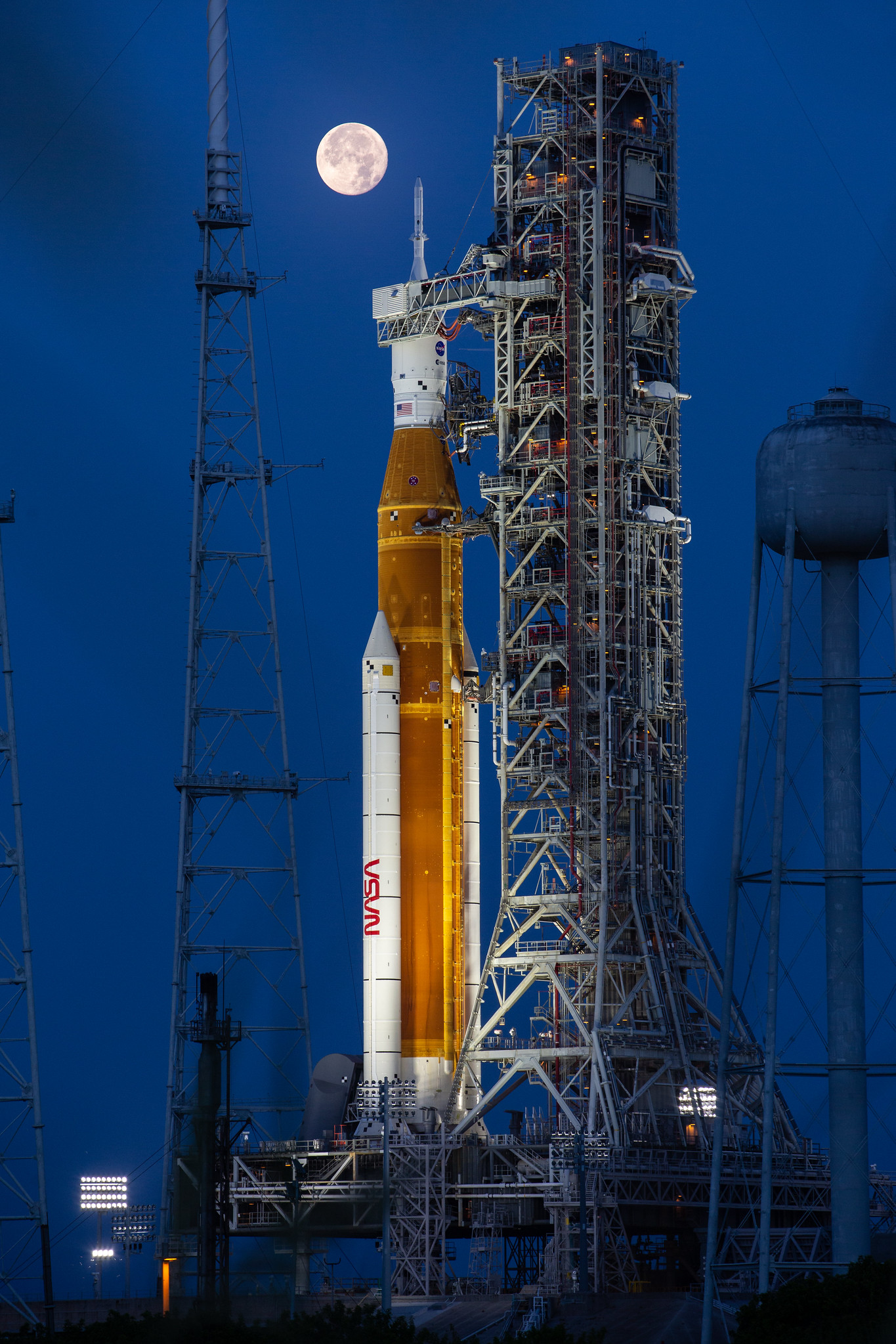During the June 20 dress rehearsal for the launch of the SLS rocket, specialists of the Kennedy Space Center managed to fully refuel a superheavy carrier for the first time. However, due to a number of problems, they again failed to complete the test.

The test that took place on June 20 was already the fourth attempt to refuel the SLS with fuel (liquid hydrogen and oxygen). The previous three tests, which took place in April 2022, were never completed due to various technical problems related to both the mobile launch platform and the rocket. Because of this, engineers had to return the SLS to the Vehicle Assembly Building to service the replacement of faulty components. After the repair was completed, the rocket was re-installed on the launch pad to continue testing.
During the new test, NASA engineers managed to fully refuel the SLS for the first time. However, it was not without new problems in the form of hydrogen leakage. Its source was located in a quick-release connection that connects the hose cable of the tail service mast on the mobile launch platform with the main stage of the rocket. Engineers tried to eliminate the leak by warming up and then cooling the connection again — but this did not help seal it.
After that, the mission controllers decided to “hide” the leak data from the ground launch computer to start the countdown and have time to carry out as many planned procedures as possible. The main goal was to reach the T-minus 9.34 seconds before launch, which meant the test was terminated.
As a result, the engineers managed to reach the T-minus 29 seconds mark. A second after the countdown control was transferred to the automatic launch sequencer controlled by the rocket’s onboard computer, it was stopped. According to experts, they have completed most of the planned procedures. But some operations, such as the activation of hydraulics on solid-fuel accelerators, still failed to be done.

Currently, it is unknown whether NASA is going to repeat the procedure again, or whether the organization will be satisfied with the available data. In any case, the mobile platform with SLS will be returned to the Vertical Assembly Building again to repair the faulty connection. If NASA decides to abandon the new test, components of a self-destruct system will also be installed on the rocket. It is necessary in case of problems during launch and deviation of the carrier from the specified trajectory.
According to https://spaceflightnow.com
Follow us on Twitter to get the most interesting space news in time
https://twitter.com/ust_magazine

